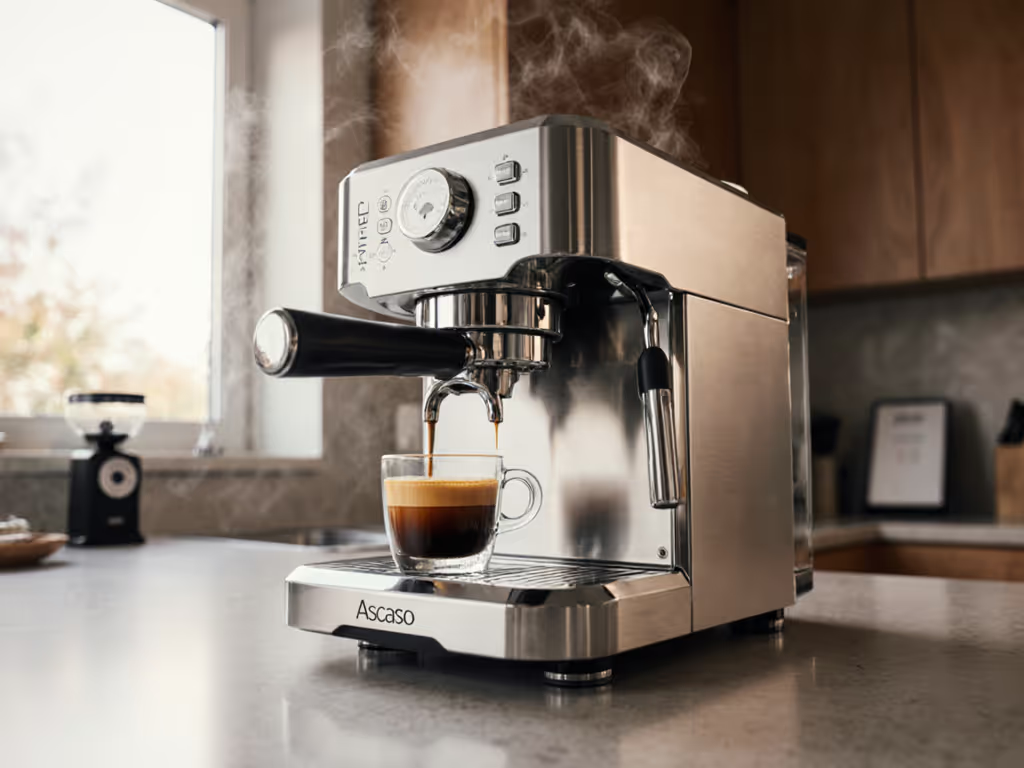
De'Longhi Stilosa: Budget Espresso Machine Guide
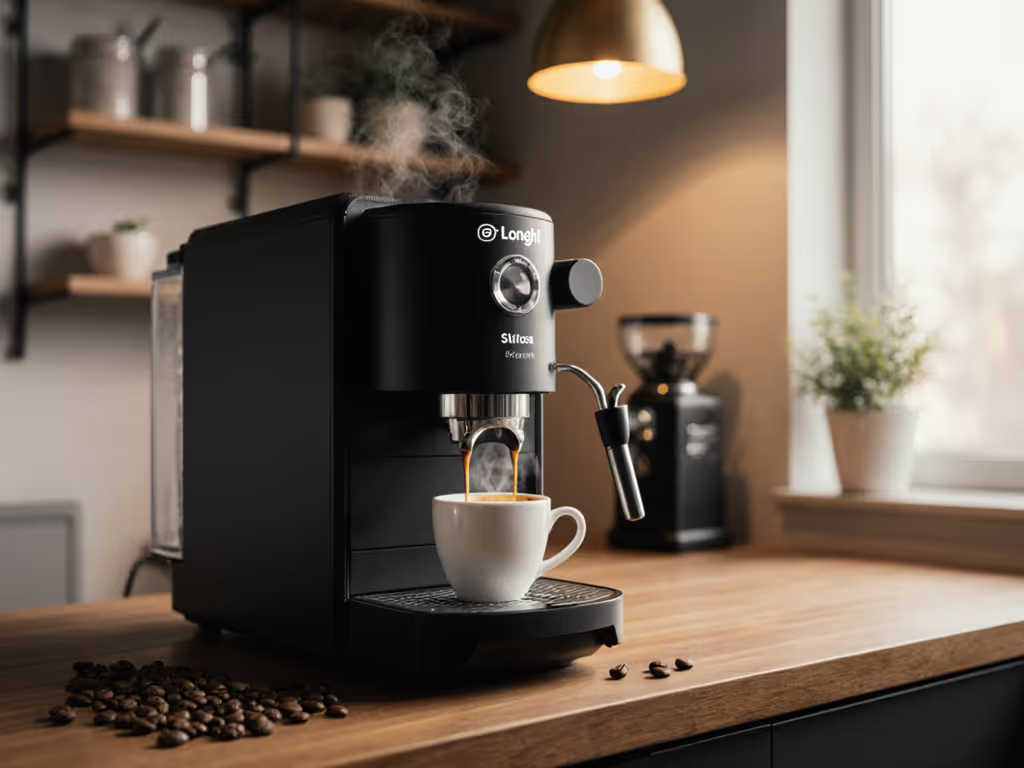
If you're researching the De'Longhi Stilosa manual espresso machine as your entry into home espresso, you're not alone. Countless home baristas face analysis paralysis before settling on their first machine (too many variables, conflicting reviews, and the fear of inconsistent results). This Stilosa espresso machine buying guide cuts through the noise with a practical framework that prioritizes what matters most: repeatable results that fit your morning routine. I've helped dozens of home baristas navigate this exact decision point, and I'll show you how to leverage the Stilosa's strengths while working around its limitations. No hype, just a clear path to dependable espresso.
1. Why Simplicity Beats Complexity for Morning Routines
Bounded choices, repeatable shots, taste you can set a clock to.
The most overlooked feature in a home espresso machine isn't 20-bar pressure or fancy PID controls, it's workflow alignment. When you're bleary-eyed at 6 AM, you don't need more options; you need boundaries that eliminate decision fatigue. The Stilosa's brilliantly simple dial interface (espresso or steam) means fewer cognitive loads during your rushed morning routine. No touching settings, no confusing menus, just flip the switch and brew.
This aligns perfectly with my coaching philosophy: constraints create confidence. When I first started training beginners, I saw them freeze at grinders, paralyzed by infinite variables. My solution? A kitchen timer and three-setting card. Same approach works for selecting your first machine. You need boundaries that match your real-world constraints.
The Stilosa shines for:
- Apartment dwellers with limited counter space (only 8" wide!)
- Two-shot households (single or double espresso baskets included)
- Those who prioritize consistent daily results over tinkering
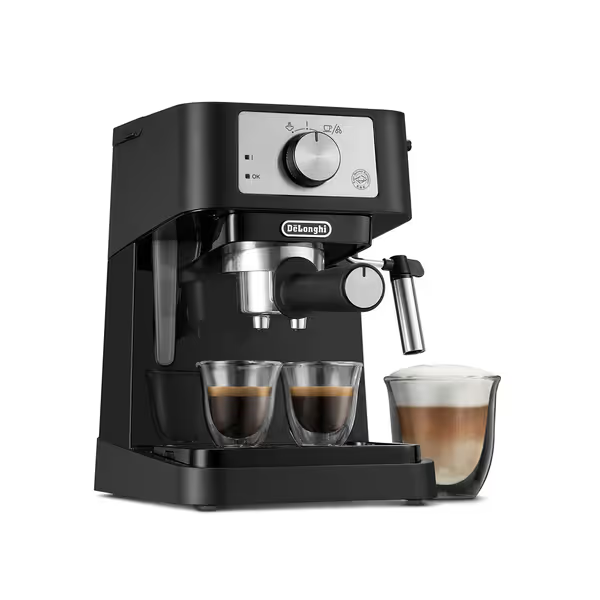
De'Longhi Stilosa Manual Espresso Machine
2. Dialing In Your Daily Shot: A 3-Minute Framework
Here's how to transform the Stilosa from "that machine that makes coffee" to your reliable morning ritual: For a deeper walkthrough, see our espresso dialing-in guide.
Step 1: Set Your Bounded Variables (Don't Guess!)
- Dose: 14g (use included spoon, level off)
- Grind: Fine street sand texture (if using pre-ground, choose "espresso grind")
- Time: Target 25 to 30 seconds for 1 oz double shot
Step 2: Create Your Sensory Anchors
After pulling three shots:
- Sweet: Does it finish clean without lingering bitterness?
- Bitter: Is there harshness throughout the sip?
- Flat: Does it taste watery or thin?
Step 3: Apply Calibration Prompts
- Too bitter? Coarsen grind slightly OR reduce dose by 0.5g
- Too sour? Fine-tune grind finer OR increase dose by 0.5g
- Flowing too fast? Tighten up your tamp pressure
This simple framework works because the Stilosa's 51mm basket size and 15-bar pump deliver surprisingly stable extraction, if you establish consistent parameters. I've had beginners dial this in reliably within three days using this exact method. Once you find your sweet spot, write it on a card next to your machine (just like my original training method). Your future self will thank you.
3. The 15-Bar Pressure Reality Check
Let's clear up the biggest marketing myth immediately: 15 bars is plenty for excellent home espresso. While commercial machines often run 9 bars at the puck, the "15-bar" on home machines refers to peak pump pressure, not pressure at extraction. The Stilosa's vibration pump reliably delivers enough pressure to create proper crema and extraction when combined with proper technique.
Where many beginners go wrong? They over-tighten the portafilter or under-dose the basket, sabotaging the machine's capabilities. The solution? Sensory anchors before pressure readings. If your shot looks right (thick, honey-like stream) and tastes balanced (sweet finish), you're extracting well, regardless of the pump's maximum capability.
Pro tip: When you hear the pump laboring during extraction, that's normal vibration pump behavior, don't mistake it for pressure issues. The real test is in your cup.
4. Single-Boiler Workflow Reality: Working With Thermal Dynamics
The Stilosa uses a single boiler system (common in budget machines), meaning you can't brew and steam simultaneously. This worries many beginners, but the reality is simpler than you think:
Here's the actual workflow for two cappuccinos:
- Brew both shots (5 to 6 minutes total)
- Purge group head (10 seconds)
- Steam both milk portions (2 to 3 minutes)
Total time: 8 to 9 minutes
This beats dual-boiler machines that require 20+ minute preheats. The Stilosa's small thermoblock heats remarkably fast, just 3 minutes from cold start. My rule of thumb for thermal management: When the steam-ready light comes on, wait 15 seconds before steaming. This brief moment allows the boiler to stabilize, preventing scalded milk.
Compare this to the Breville Bambino (a common "stilosa vs bambino" comparison point): While the Bambino heats faster (30 seconds), its dual-boiler design means you can brew and steam simultaneously, but it costs nearly double the price. For most home users making 1-2 drinks, the Stilosa's workflow is perfectly adequate.
5. Maintenance Made Simple: The 60-Second Daily Routine
Most beginners quit espresso because maintenance feels overwhelming. Here's how to keep your Stilosa running smoothly with minimal effort:
Daily (60 seconds):
- Backflush with water only (no detergent needed)
- Wipe steam wand immediately after use
- Empty drip tray
Monthly (5 minutes):
- Descale using equal parts water and white vinegar
- Replace steam wand tip gasket (cost: $3.99)
The stainless steel boiler resists scale buildup better than plastic alternatives, extending your machine's lifespan. I've seen Stilosas last 3+ years with this simple routine, far beyond the 1-year warranty period. When you establish these small rituals, maintenance becomes part of your satisfying espresso workflow rather than a chore.
6. Budget Reality Check: Beyond the Price Tag
At $99.99 (often discounted from $149.95), the Stilosa seems like a steal, until you account for hidden costs. Here's the true cost of ownership:
| Cost Category | Stilosa | Typical Budget Machine |
|---|---|---|
| Initial Cost | $100 | $100-$150 |
| Grinder (essential!) | $80+ | Same |
| Monthly Maintenance | $1.50 | $1.50 |
| 2-Year Repair Risk | 20% | 30%+ |
The Stilosa's strength here? Parts availability. Unlike niche brands, De'Longhi has excellent service networks across North America and Europe. That steam wand tip gasket I mentioned? Available on Amazon Prime. Compare this to obscure brands where a $5 part might require a 6-week wait.
If you're considering this as your "best espresso coffee machine" under $150, just remember: the grinder matters more than the machine. You'll get better results with a Stilosa and decent burr grinder than a $500 machine with blade grinder. Budget accordingly.
7. Milk Texturing: Managing Expectations
Let's be honest, no compact machine creates barista-level microfoam out of the box. The Stilosa's manual steam wand has limitations, but with proper technique, you'll make perfectly drinkable cappuccinos:
The 3-Second Rule for Milk Texturing:
- Submerge wand tip fully for first 3 seconds (creates whirlpool)
- Lower pitcher gradually to introduce air (hissing sound)
- Stop when milk reaches 140°F (too hot = scalded taste)
Key insight: The steam wand's power matches the machine's scale. It's not designed for 6-ounce microfoam lattes, perfect for 4-ounce cappuccinos. Adjust your expectations to match the machine's capabilities, and you'll be happily surprised.
8. The Verdict: Who Should (and Shouldn't) Buy This Traditional Espresso Machine
After coaching hundreds of home baristas, here's who wins with the Stilosa:
✅ Pragmatic beginners who want café-style drinks without pro-level complexity ✅ Small-space dwellers needing compact footprint (8" wide!) ✅ Consistency seekers who value daily routine over tinkering ✅ Two-drink households (perfect for morning partner coffee ritual)
Here's who should look elsewhere:
❌ Milk-heavy drinkers needing large latte foam quantities ❌ Back-to-back entertainers serving 5+ guests simultaneously ❌ Precision tinkerers wanting pressure profiling or temperature control
Compared to the Bambino, the Stilosa trades simultaneous brewing/steaming for lower price and simpler maintenance. For most beginners, the price difference outweighs the workflow advantage, especially when you're only making 1 to 2 drinks daily.
Next Steps: Your Action Plan
If you're serious about bringing café-quality espresso into your home routine, here's exactly what to do now:
- Grab a notebook and commit to using the 3-step calibration framework for 7 days
- Pair with a $80+ burr grinder (Baratza Encore or Fellow Ode are perfect)
- Set up your workflow station with dose, grind, and time card visible
I've seen countless beginners go from espresso anxiety to confident home baristas using this exact approach. The Stilosa won't make you a barista, but it will give you the reliable foundation to build your skills without frustration.
Remember my core belief: repeatability breeds better taste. By establishing bounded options and daily checkpoints, you'll transform morning chaos into a satisfying ritual that delivers results you can count on. Whether you choose the Stilosa or another traditional espresso machine, focus on creating those repeatable moments, your taste buds will thank you.
Related Articles

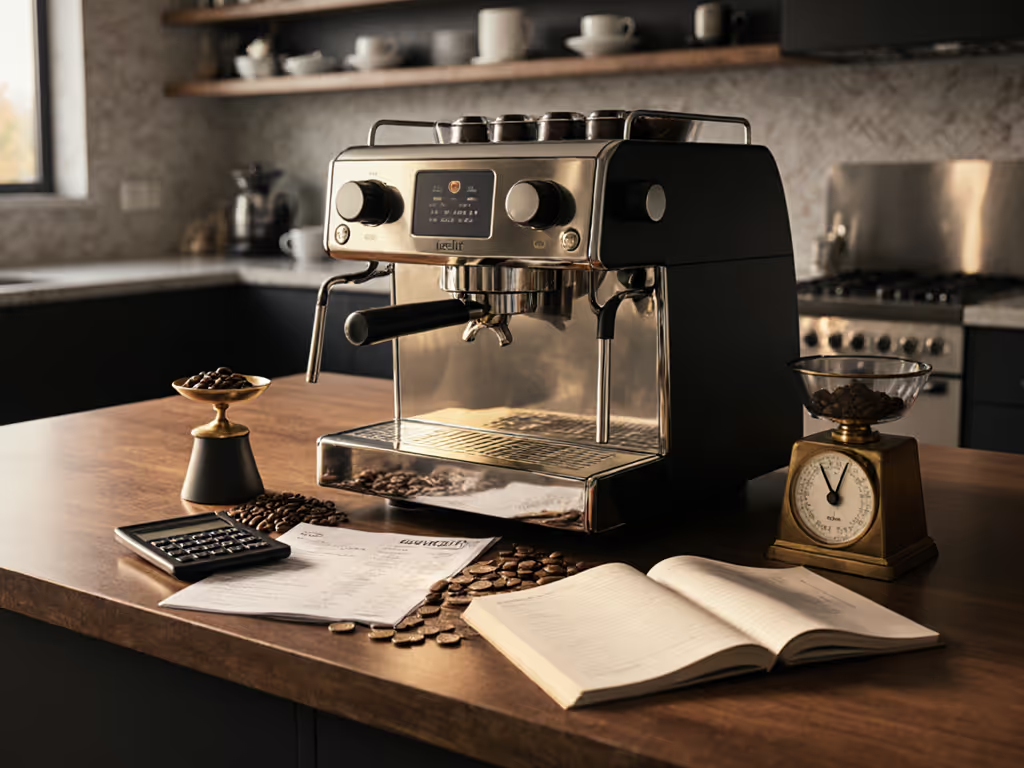
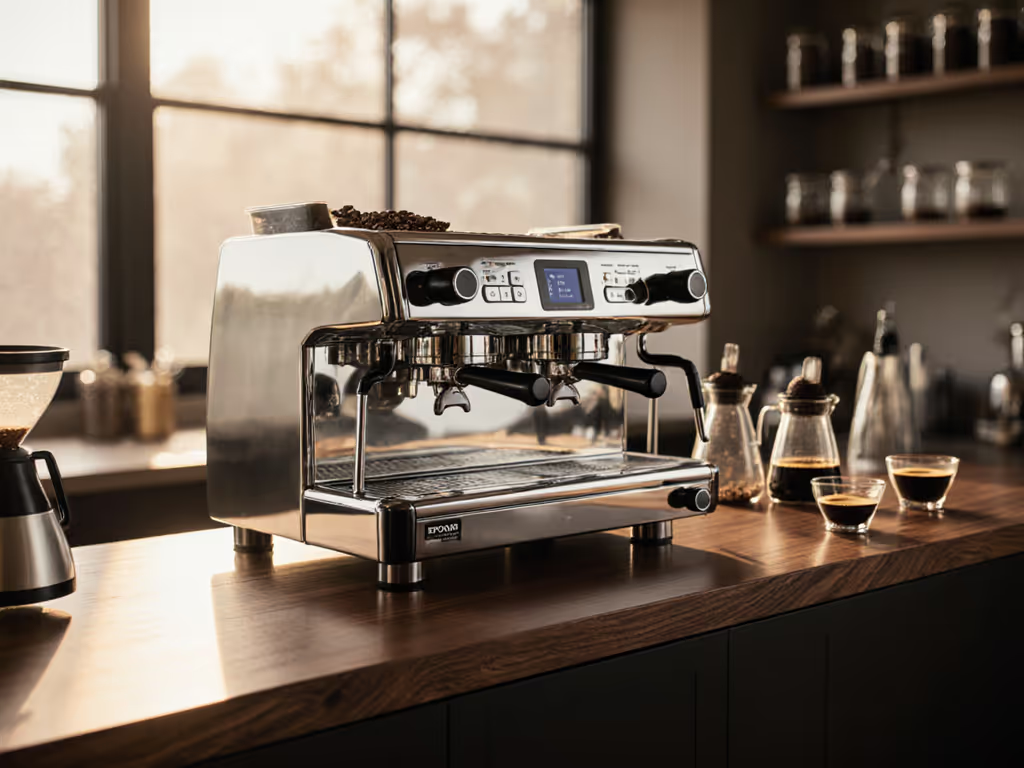
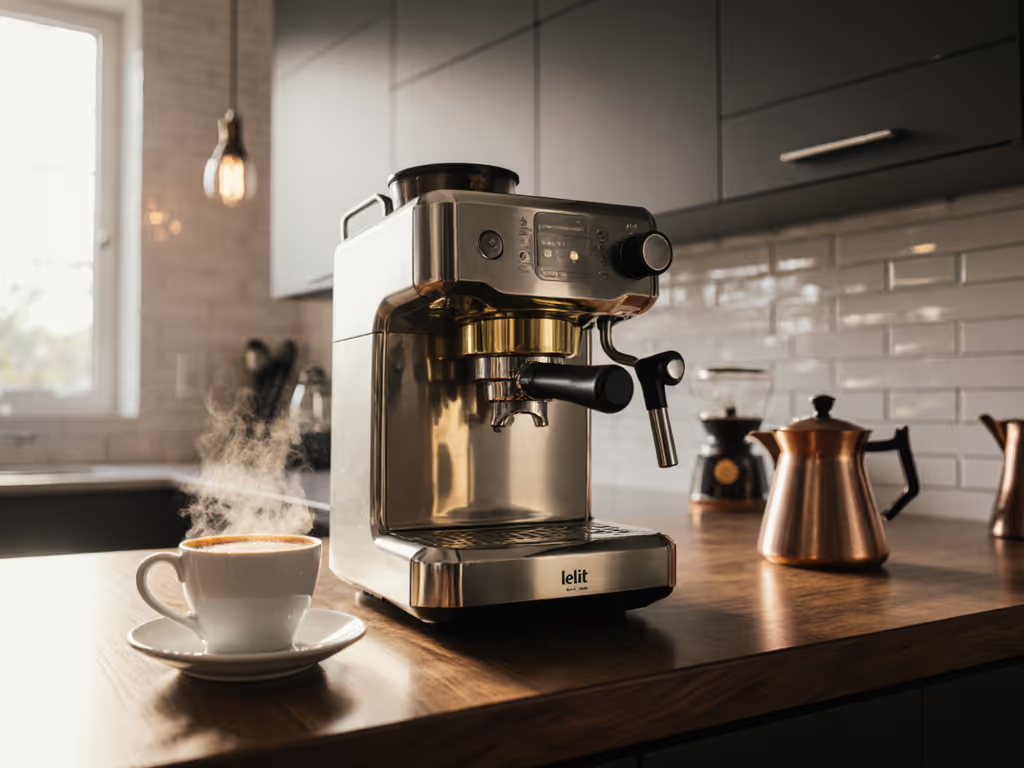
Lelit Anna Review: Consistent Espresso Under $700
Tested in real home conditions, it shows how a brass-boiler, true-PID design delivers near-1°C temperature stability, steady 9-bar extractions, and quick recovery for repeatable weekday espresso under $700. It also clarifies when to pick it over Gaggia or compact PID rivals - and when a service-friendly or dual-boiler machine is the smarter choice.
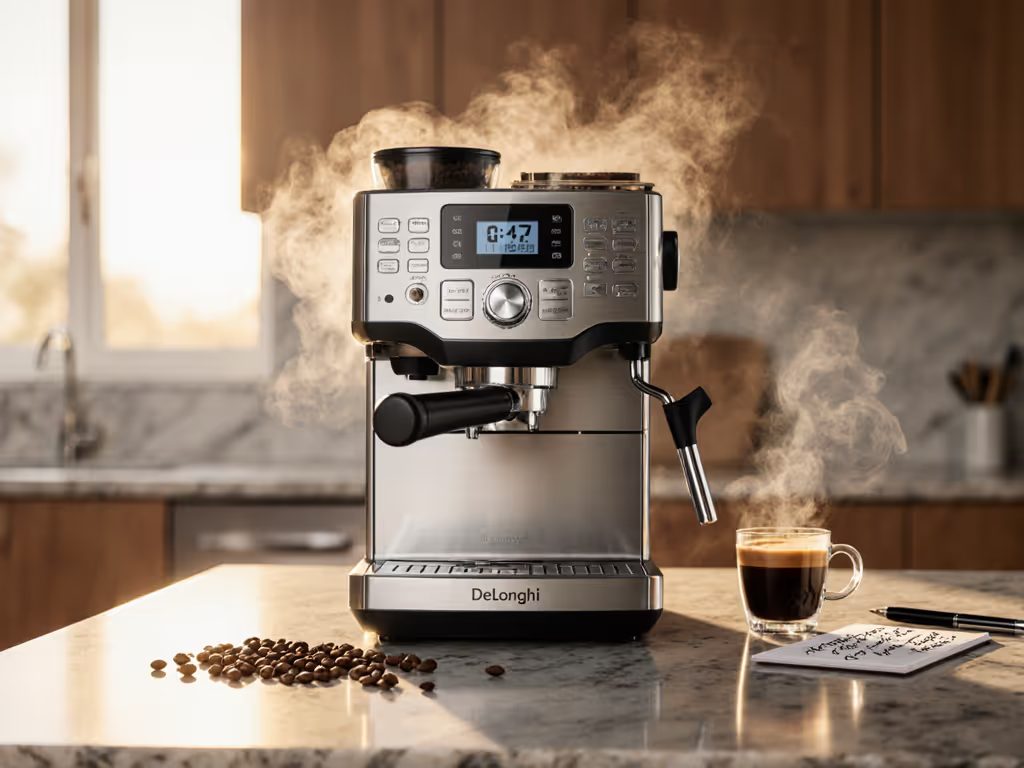
DeLonghi Magnifica ESAM3300: Predictable Weekday Espresso Review
Thirty days of morning-routine testing show the ESAM3300 holds stable temperature and pressure for reliably repeatable shots, trading higher noise and more maintenance for predictability and lower cost. It also compares workflow timings and ownership costs to help decide between this unit, the Magnifica Evo, and the Magnifica Plus.
